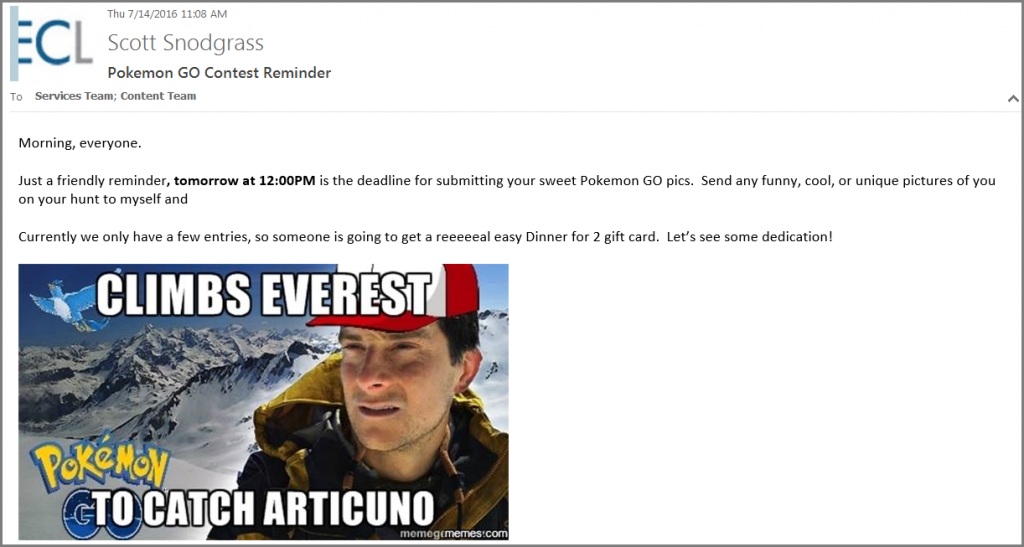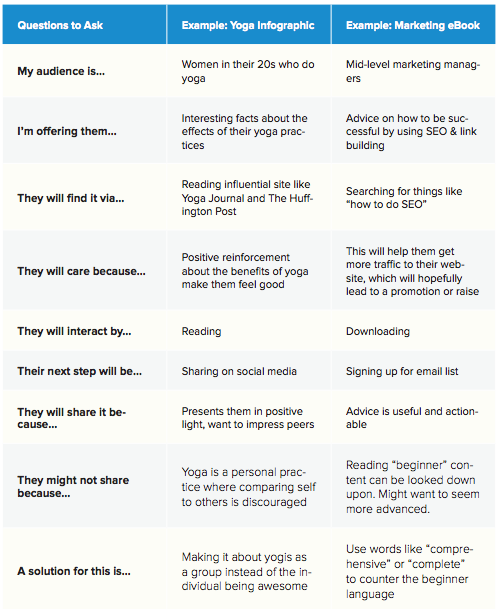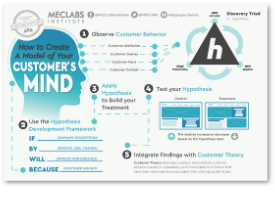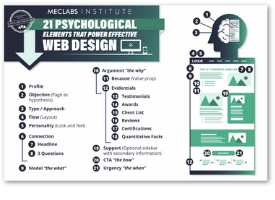The Radical Idea: Why investing in the physical world should be part of your social media marketing budget
What do you include in your social media marketing budget? Most marketers focus on elements like software and tools, paid advertising, social media management, and content creation.
But let me introduce a radical idea – the physical customer experience is a worthwhile investment as part of your social media marketing budget.
Sounds crazy, right? That’s in someone else’s department. It’s someone else’s focus.
But I bet you would have thought I was crazy if I told you just a few months ago that two men would fall off a cliff chasing a pretend monster on their mobile phones (fortunately, both were rescued by firefighters and only suffered moderate injuries).
One thing the Pokémon GO phenomenon should teach all marketers is that – thanks to the evolving way customers interact using mobile devices – the digital world is not a vacuum.
Nowhere is that more true than in social media. Because companies do not own the conversation about their brands on social media. They can participate and engage and boost and shape and share the conversations about their brands. But they cannot control them.
So an important element of positive word-of-mouth about your brand is how customers interact with your brand in the physical, real-world environment. To put it in terms of an overused cliché – think outside of the digital box.
Here are three ideas to help you create unique ways to leverage the physical world for social media impact.
Idea #1: Invest in the product
This may be the most radical idea. Product cost is not usually considered part of the social media marketing budget. The usual (way overly simplified) thinking is: price – cost of goods sold = margin.
But what if you didn’t attribute all of the cost to produce the product as a manufacturing or R&D expense? What if you looked past simple production costs to consider what extra, special, unique touches you could add to a product (or service) experience that sparks enough extra joy in your customers that they’ll want to tell everyone about it on social media?
Wouldn’t this be a worthwhile investment? Specifically, a social media marketing investment? In fact, it might be worth more than, say, a paid Facebook ad.
To spark some ideas, watch this story from the MarketingSherpa Summit 2016 Media Center showing how an exceptional product experience naturally flowed into social media exposure and value.
“They actually were going to Instagram and posting very natural photos of what their experience was like when they received that box. They’d put their children in and want to take pictures of their babies in this box brimming with broccoli and kale,” said Cambria Jacobs, Vice President of Marketing, Door to Door Organics. “And all of a sudden, we realized that they were taking and sharing that joyful feeling. It was all over social media, and it was ours to embrace.”
Some products have a more expected passion behind them than others. And in this case, Door to Door Organics is an online grocer that delivers natural and organic groceries, a product that typically has a passionate following and lends itself unsurprisingly to social sharing.
However, any product experience has the potential for social sharing. All experiences are relative. When you create a better product experience than expected, you increase the odds of a positive customer experience on social (on the flip side, the same effect works in reverse when you don’t meet customer expectations).
If you’re serious about social, don’t leave that just up to product managers. Put some (budgetary) skin in the game to deliver positive surprises for customers.


















